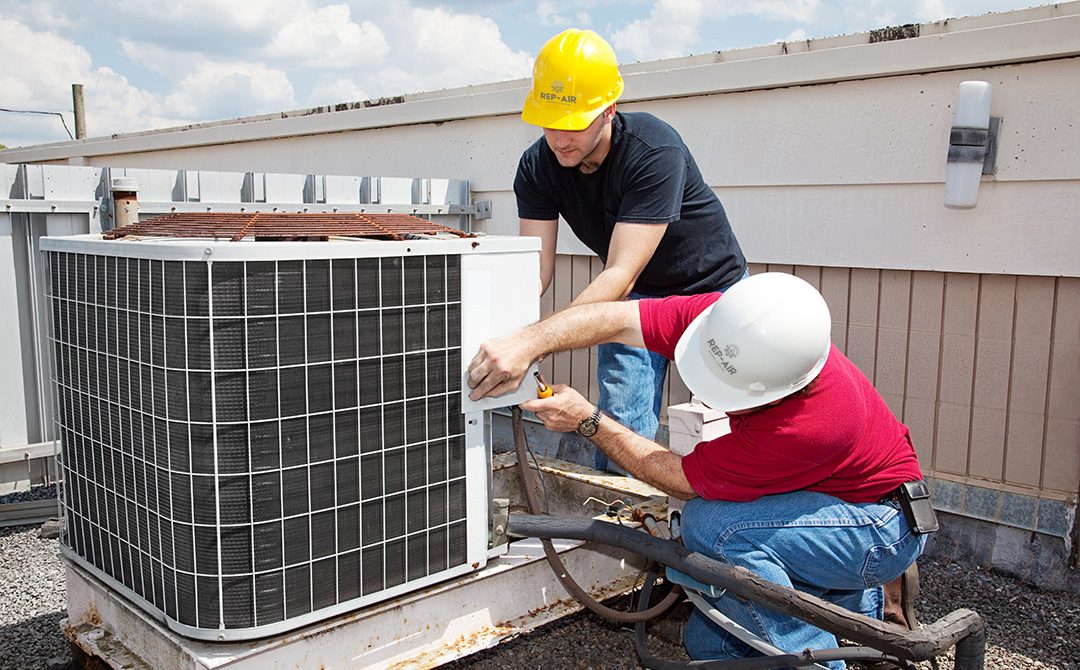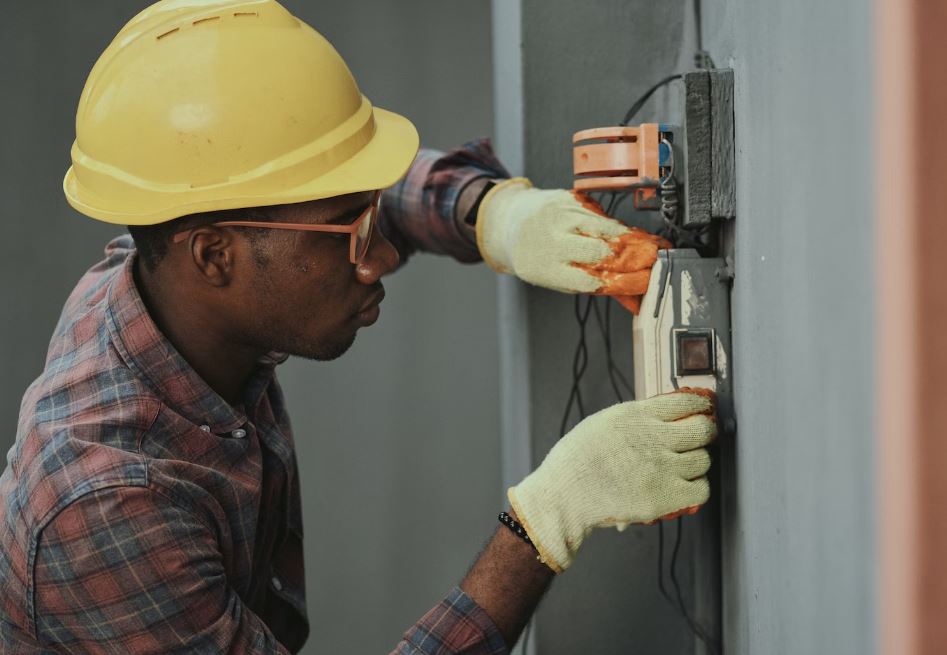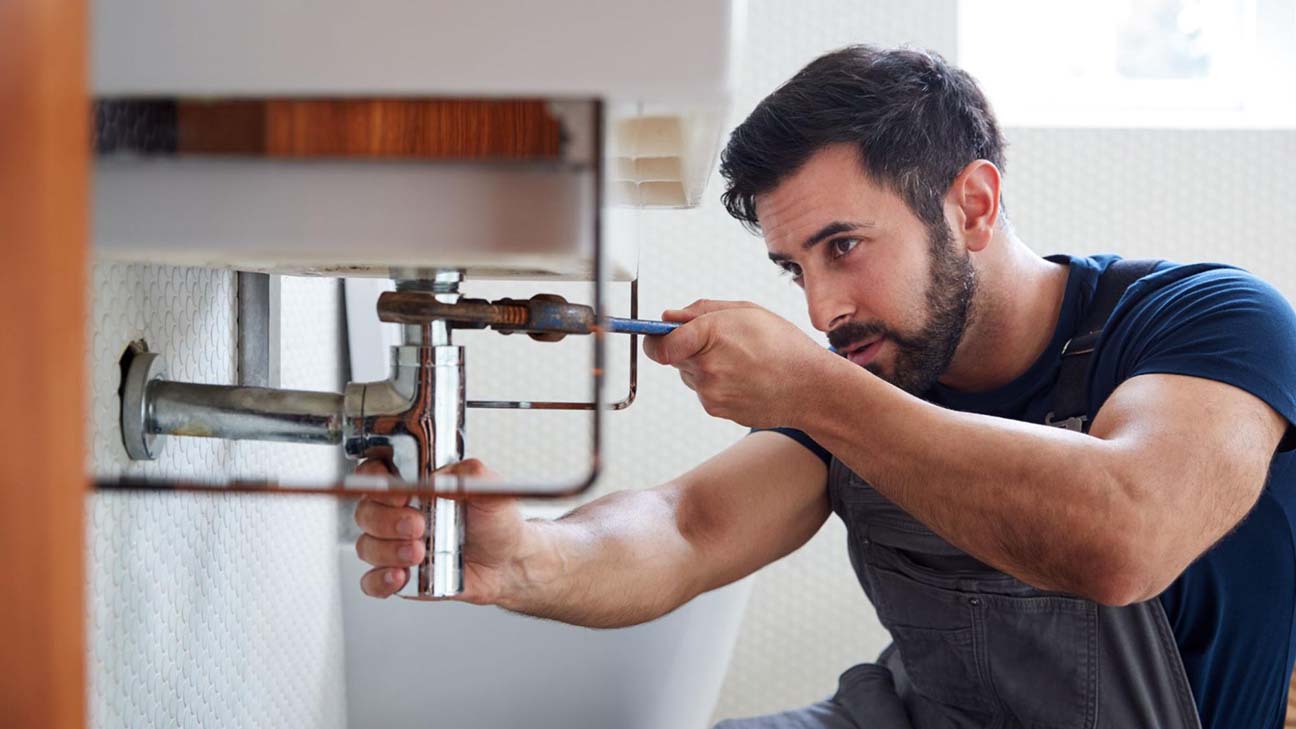If you are searching for the perfect flooring, then vinyl plank floors are a great option. Vinyl planking is available in many colors and styles that can fit with almost any design scheme. With proper installation, your new floor will have no seams or gaps to trap dirt or debris. It is made of 100% recycled materials that look like natural wood and have a luxurious feel.
Vinyl plank flooring is perfect for high-traffic areas because it can be cleaned with a wet mop or vacuumed to remove dirt from the grooves. It does not require sealing, sanding, or polishing, so you don’t have to worry about messes that come from oil spills, light scratches, or dirt. Vinyl planks are made from the best quality materials.
They have a warranty that protects you from defects in artistry for up to 15 years on residential installations, so it is built to stand up against everyday wear and tear.
Vinyl plank flooring installation has many incredible benefits, but there can be problems if proper installation techniques are not followed. If you are planning to install vinyl planking on your own, you must avoid some common mistakes that can lead to the failure of your flooring project and a lot of frustration.
7 mistakes to avoid:
- Not reading the instructions carefully.
Do not skip any steps, and make sure to use all of the tools included in your kit before beginning installation.
You should also follow cleaning, maintenance, and care directions once you have finished installing your vinyl plank flooring.
- Not using a suitable adhesive.
Make sure to use an appropriate adhesive for your flooring material. Otherwise, it can lead to problems with adhesion and poor results down the line.
If you are uncomfortable applying any of these chemicals yourself, hire a professional installer trained in working with vinyl planks.
- Not making sure that the floor is level.
It is crucial to have a flat surface for installing your vinyl planks to ensure no bumps or depressions before beginning installation.
You can use an electronic nivel tool to check the levelness of any room in your home, even those with odd angles and slanted walls.
- Trying to cut the plank.
You should avoid trying to cut your vinyl planks with scissors or a knife because they can damage them and leave you with an uneven edge that will be noticeable throughout the room.
- Not buying enough planks.
To ensure that you have the correct amount of vinyl for your project, make sure to buy an extra box or two if some are damaged during transport.
You can also measure out the room beforehand and consider any waste when calculating how many boxes to purchase.
- Not cleaning the floor.
You must clean your new vinyl planks before installing them because dust, dirt, and debris can cause problems with adhesion during installation.
It would help if you also vacuumed or swept after installation to avoid getting too dirty in the future.
- Skipping the primer.
The adhesive is only effective with a clean surface, so use an appropriate undercoat or primer before applying it.
This will ensure that your new flooring is adequately adhered, durable and waterproof.
It also helps prevent any discoloration of the planks due to moisture damage over time if the adhesive is applied directly to a dirty surface.





